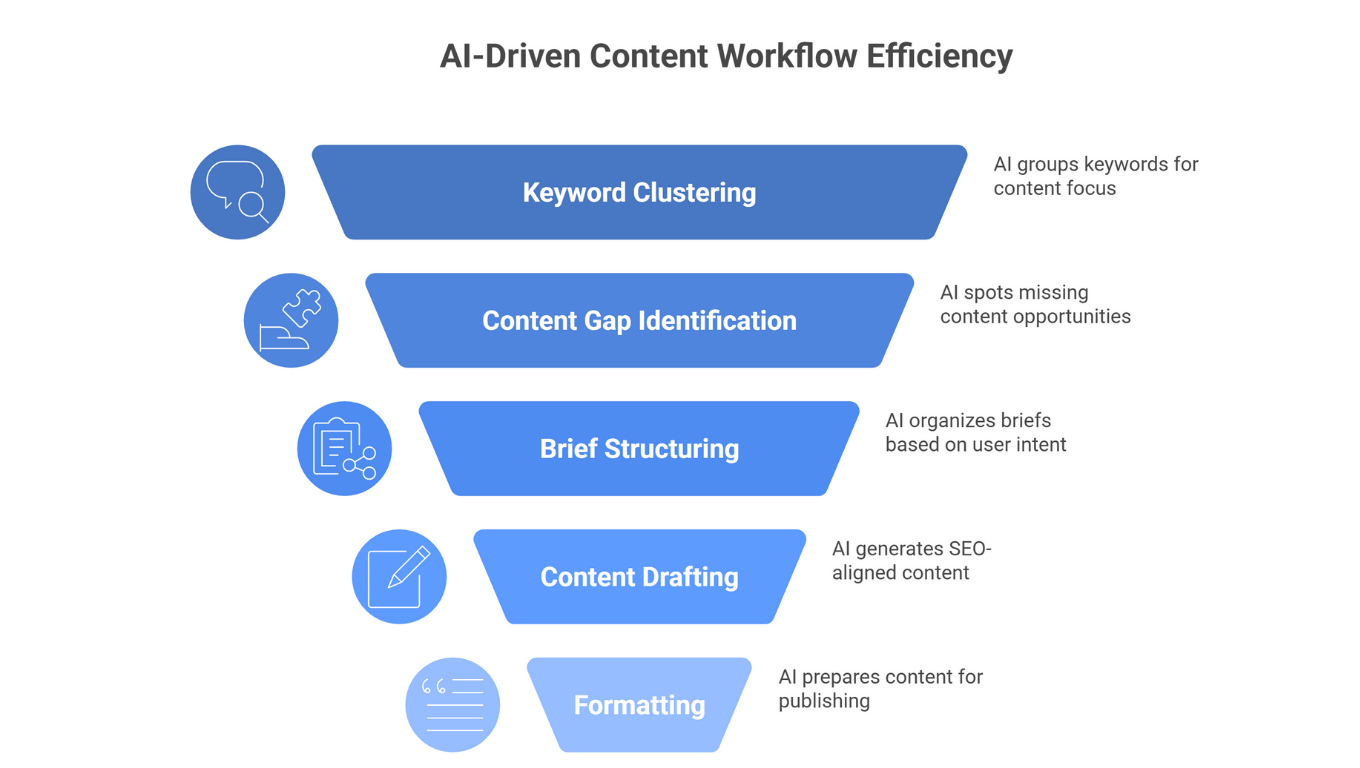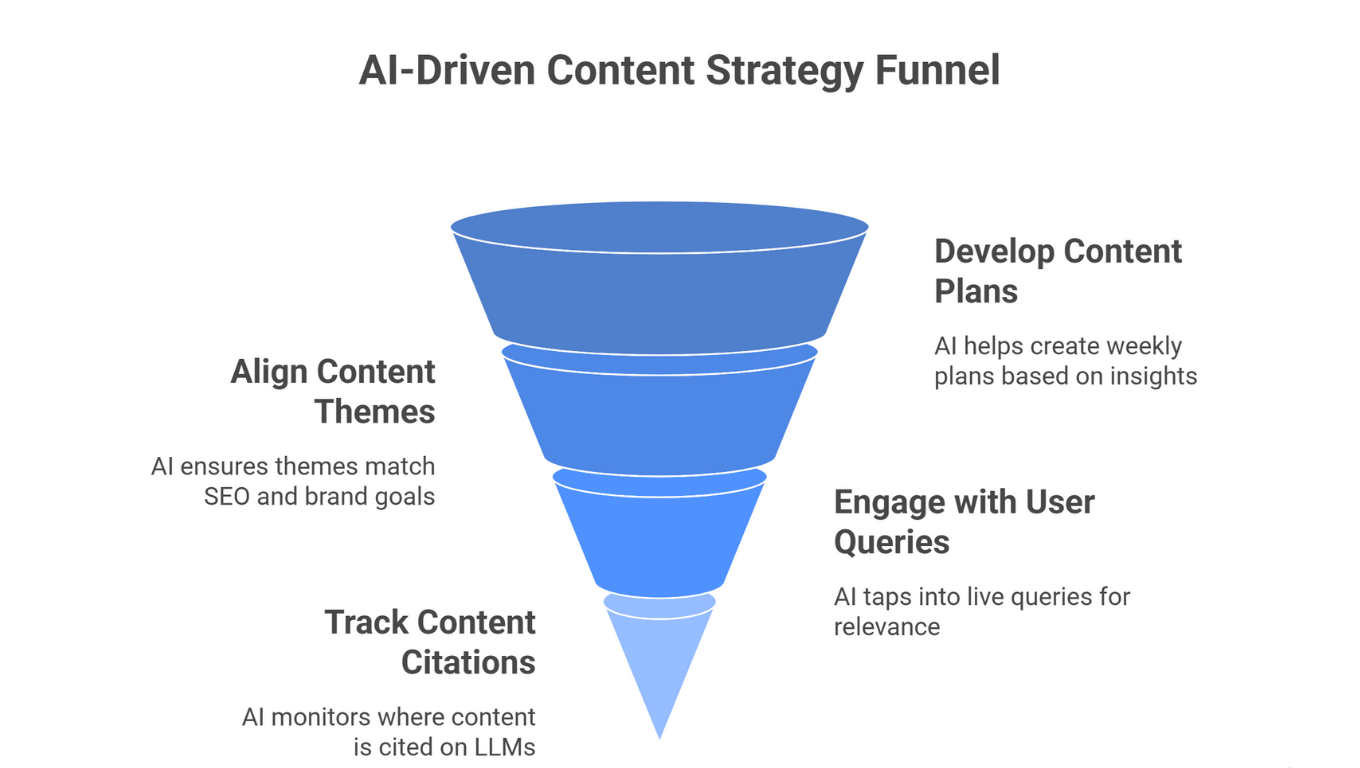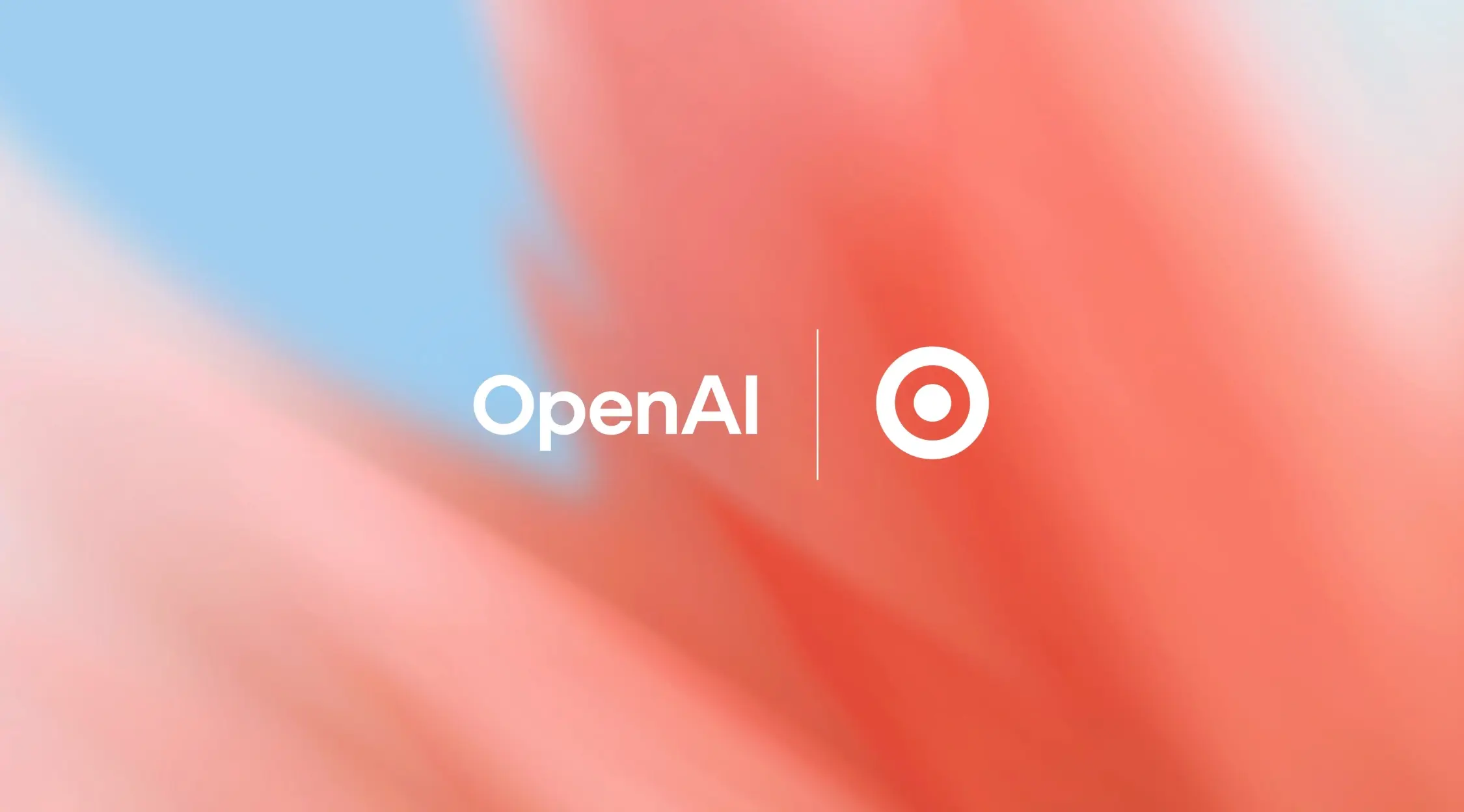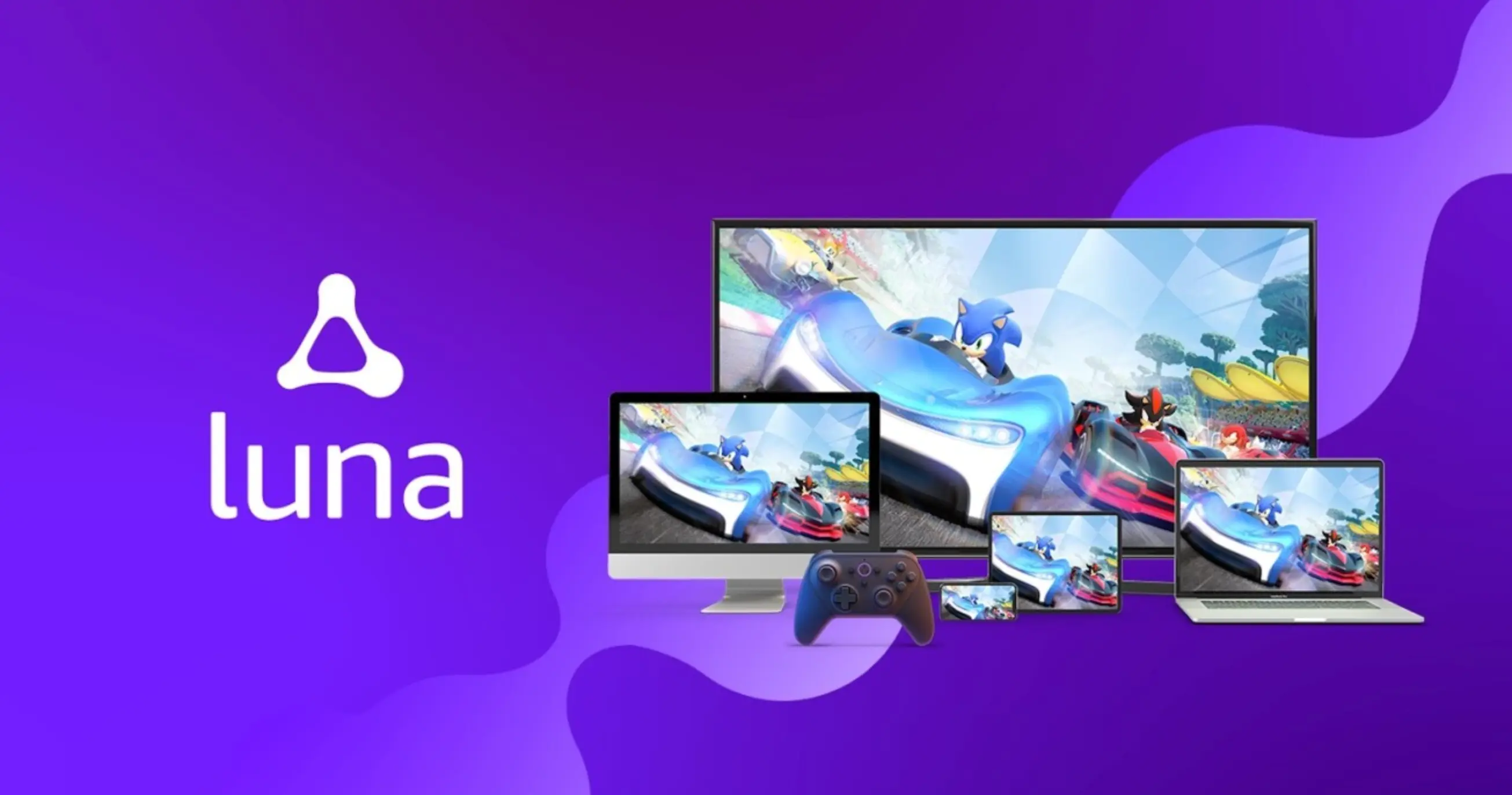How AI Content Saves Time While Strengthening Brand Identity
Updated on
Published on

Content is no longer just about delivering information, it defines how brands are discovered, trusted, and remembered. Yet maintaining consistency across search engines, social platforms, and large language models (LLMs) like ChatGPT, Gemini, and Claude has become increasingly complex. The process still demands hours of manual research, planning, and production, making it difficult for teams to scale without losing quality or cohesion.
Wellows is an autonomous marketer built for the GenAI era. It redefines how visibility, strategy, and content intelligence connect inside one cohesive system. Instead of relying on manual workflows, it learns from search behavior, maps competitive gaps, and turns data into structured strategies. The result is a unified process where every piece of content aligns with both search and LLM visibility, keeping brands consistent, trusted, and discoverable across every channel.

Why is traditional content creation no longer sustainable?
Creating long-form, high-quality content used to take a full day or longer. From researching keywords and analyzing competitors to structuring outlines and writing drafts, the process demands time, tools, and editorial oversight. Multiply that across multiple topics or campaigns, and it quickly overwhelms even the best teams.
The challenge isn’t just about time. It’s about scale and consistency. The more a brand publishes, the harder it becomes to keep messaging aligned. As demand grows, traditional workflows create bottlenecks, delay execution, and stretch teams thin.
Where does AI save the most time in content workflows?

The biggest time savings come from eliminating the repetition. These are the tasks that don’t require human creativity but still take up hours each week.
AI platforms reduce this burden by:
- Automatically clustering keywords and identifying content gaps
- Structuring briefs based on SERP and user intent
- Drafting semantically rich content that aligns with SEO needs
- Formatting copy in a publish-ready format
Instead of jumping between tools, teams can work inside one system that handles ideation to delivery. That shift alone can save hours per article, time that can be reinvested in strategy, editing, and distribution.
Can AI-generated content still reflect a brand’s voice?
Speed means nothing if it comes at the cost of your brand's identity. Many off-the-shelf AI writers generate neutral, one-size-fits-all content that lacks personality. For brands with an established tone and voice, this can be damaging.
The best AI content systems are built to follow brand guidelines, not just style but also structure, terminology, and sentence rhythm. With these elements baked in, each piece of content stays on-brand no matter how fast it’s produced. The result is speed without losing character.
Consistency across voice, formatting, and messaging builds brand recognition. Readers start to know what your brand sounds like, and that familiarity translates into trust.
How does AI content help strengthen brand identity?
Strong brand identity isn’t just visual. It’s how a brand communicates, through vocabulary, tone, structure, and the topics it owns. The more consistently a brand publishes high-value, relevant content, the more recognizable it becomes.
AI-driven systems help reinforce this by enabling:
- Regular content output without tone drift
- Thematic clusters that build topical authority
- Structured narratives that mirror the brand’s point of view
Instead of chasing every trending topic, brands can focus on consistent, meaningful themes that support their positioning while using AI to scale output faster and smarter.
Why is visibility across LLM platforms so critical?
Google rankings still matter, but they’re no longer the only way customers find information. Increasingly, people are turning to LLM-powered platforms like ChatGPT, Gemini, and Claude to get quick, summarized answers.
These platforms don’t scroll through search results. They pull from high-quality, structured content and cite sources they trust. If your content isn’t visible or referenced in these responses, your brand may be missing in key moments when users are actively searching for solutions.
This shift has created a new layer of content strategy focused on LLM visibility. It’s not just about optimizing for page one. It’s about showing up inside AI-generated responses, where buyer journeys often begin. Brands that produce citation-worthy content, aligned with the structure LLMs recognize, are more likely to be surfaced and referenced, raising trust and discoverability without paid promotion.
What are the risks of scaling content without structure?
Ramping up production is great until it compromises quality. Without structure, content becomes inconsistent, fragmented, and often redundant. This can erode both user trust and SEO performance.
Structured AI workflows fix this by turning content creation into a predictable system. Every piece follows a strategy that is keyword-driven, intent-mapped, and aligned with your brand's positioning. This consistency helps ensure that content not only gets published, but performs.
Instead of content being reactive or random, it becomes part of a larger plan that reinforces your brand’s role in its category.
How are high-performing teams using AI to gain an edge?

Top-performing content teams don’t use AI just to go faster. They use it to go further. They apply intelligent systems to build repeatable, results-driven processes that grow authority and brand visibility over time.
This includes:
- Developing weekly content plans based on opportunity and competition
- Aligning content themes with long-term SEO and brand goals
- Tapping into live user queries and social conversations for relevance
- Tracking where their content is cited across LLM platforms
By focusing on visibility, voice, and strategic alignment, not just speed, these teams scale content that supports real business outcomes.
Is it possible to balance speed, scale, and brand strategy?
It is, but only with the right infrastructure. Publishing content faster isn’t valuable if it dilutes your brand. Likewise, staying on-brand but moving slowly means losing ground to faster-moving competitors.
AI content systems help close that gap. They provide the structure needed to produce faster without losing quality, and the intelligence needed to stay aligned with what audiences and LLM platforms are looking for.
That balance between speed and strategy is where brand-building actually happens.
Conclusion:
Brand identity isn’t just crafted through visuals or one-off campaigns. It’s shaped day after day through content, what you publish, how you say it, and where it appears.
As search behavior shifts toward AI-generated responses, visibility now extends beyond SERPs. Brands that want to stay relevant need systems built for speed, structure, and LLM visibility. AI content doesn’t just save time. It creates consistency, reinforces identity, and puts your brand in the answers that matter most.
In a world where content is everywhere, structure is your competitive edge. And the brands that build it now will own the conversation tomorrow.







